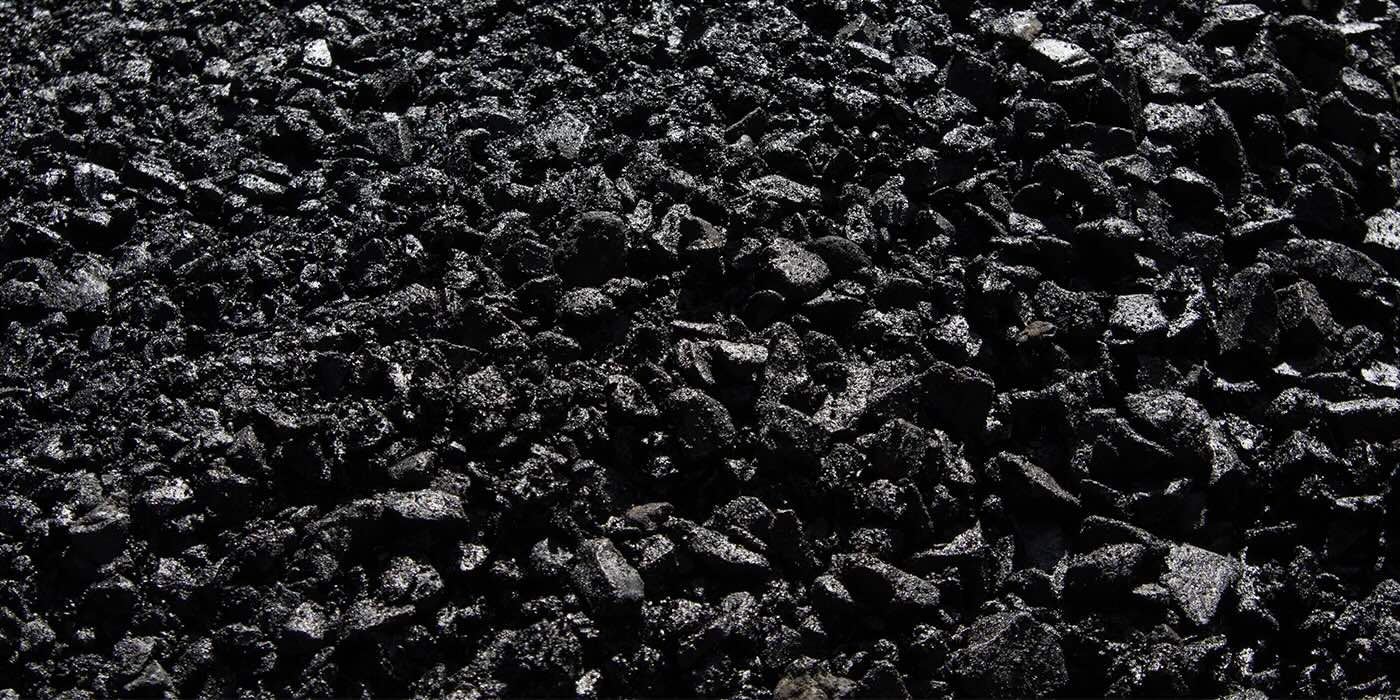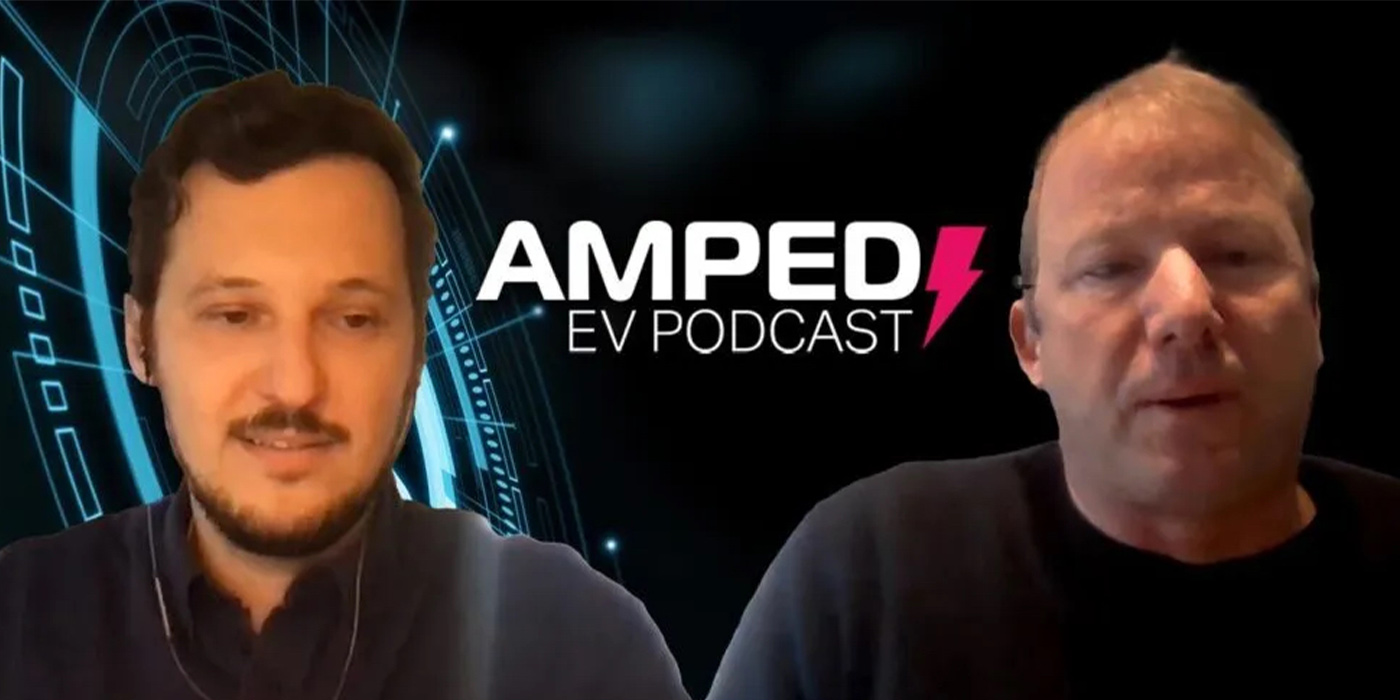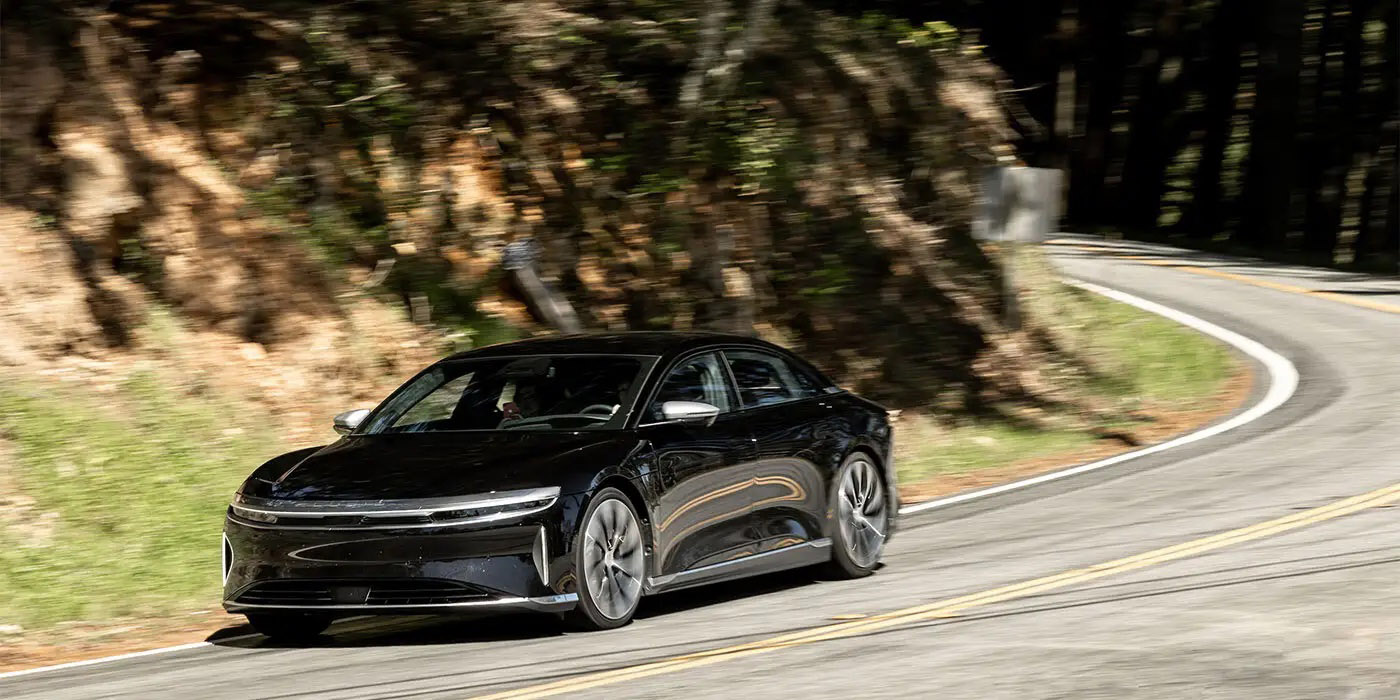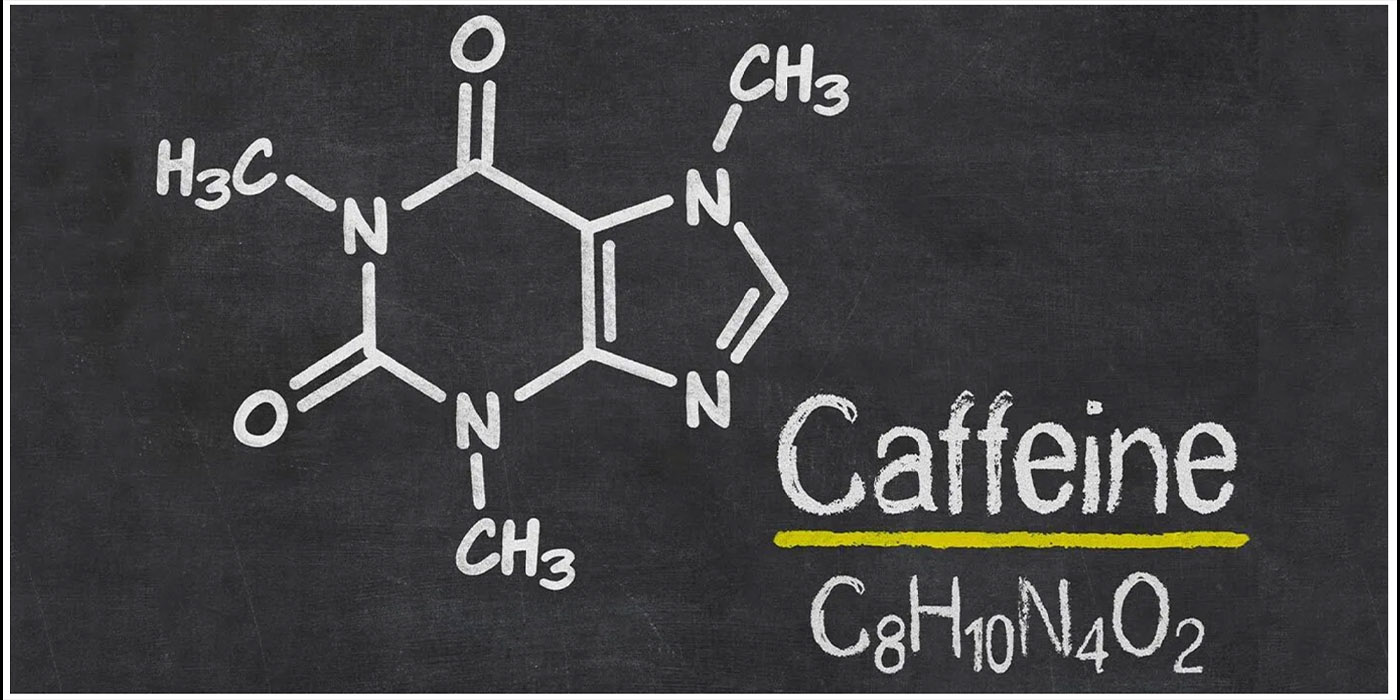ZF announced it developed an electric motor that does not require magnets. In contrast to the magnet-free concepts of separately excited synchronous motors (SESM) already available today, ZF said its I2SM (In-Rotor Inductive-Excited Synchronous Motor) transmits the energy for the magnetic field via an inductive exciter inside the rotor shaft. This makes the motor uniquely compact with maximum power and torque density.
This advanced variant of a separately excited synchronous motor is therefore an alternative to permanent-magnet synchronous machines (PSM), ZF said. The latter are currently the motors most frequently used in electric vehicles, but they are based on magnets which require rare earth materials for their production. The I2SM is setting a new standard for making e-motors both sustainable in production and highly powerful and efficient in operation, the company added.
In addition to eliminating rare earth materials in a compact and powerful package, the I2SM eliminates the drag losses created in traditional PSM e-motors, enabling better efficiency at certain operating points such as long highway trips at high speed.
To ensure that the magnetic field in the rotor is built up by current instead of magnets, the conventional SESM concepts currently still require sliding or brush elements in most cases, which force compromises: A dry installation space, i.e. not accessible for oil cooling and with additional seals, is necessary. As a result, conventional SESMs take up around 90 mm more space axially, so manufacturers generally cannot flexibly vary between PSM and SESM variants in their model planning without additional effort.
In order to offer the advantages of separately excited synchronous machines competitively, ZF said it succeeded in compensating for the design-related disadvantages of common separately excited synchronous machines. In particular, ZF said the torque density has been significantly increased compared to the state of the art thanks to an innovative rotor design. The space-neutral integration of the exciter into the rotor means that there are no axial space disadvantages. In addition, an increase in power density in the rotor leads to an improvement in performance.
ZF said the I2SM does not require any brush elements or slip rings. Furthermore, there is no longer any need to keep this area dry by means of seals — as with a permanently magnetized synchronous motor, the rotor is efficiently cooled by circulating oil. Compared to common separately excited synchronous motor, the ZF innovation requires up to 90 millimeters less axial installation space. In terms of power and torque density, however, the ZF innovation operates at the level of a PSM, the company said.
ZF added it plans to develop the I2SM technology to production maturity and offer it as an option within its own e-drive platform. Customers from the passenger car and commercial vehicle segments can then choose between a variant with 400-volt architecture or with 800-volt architecture for their respective applications. The latter relies on silicon carbide chips in the power electronics.














